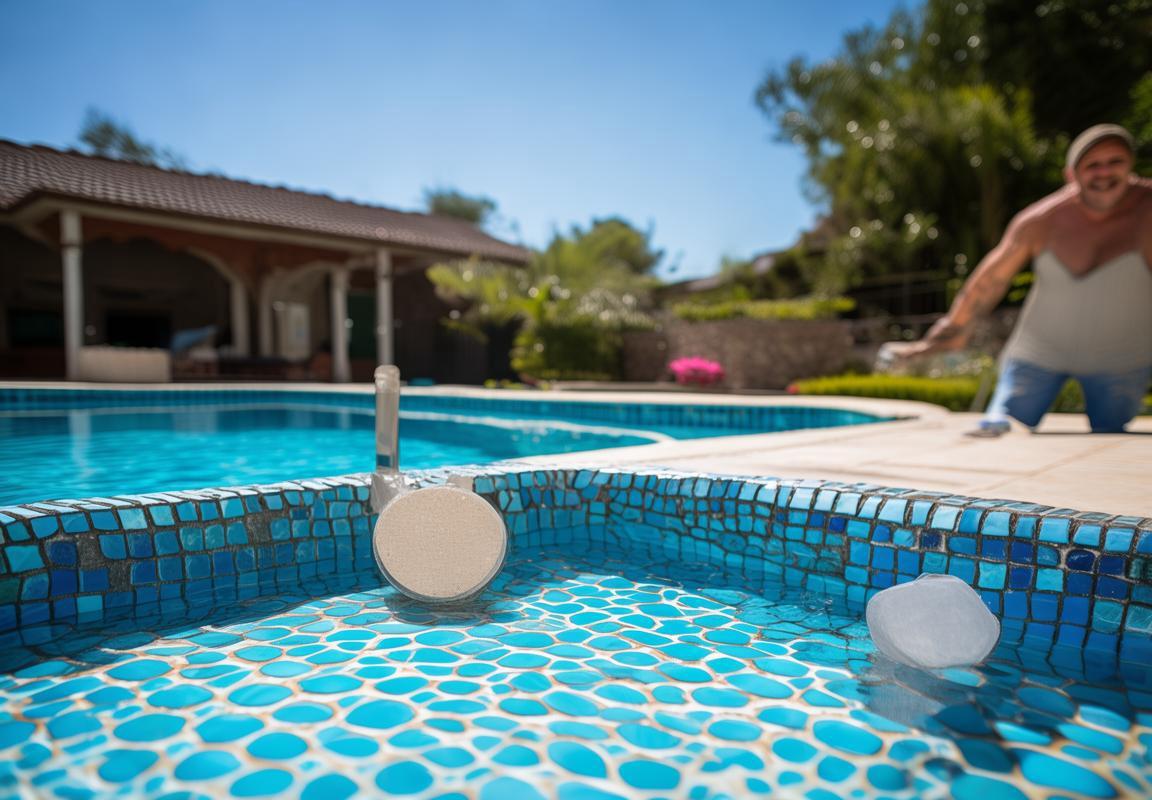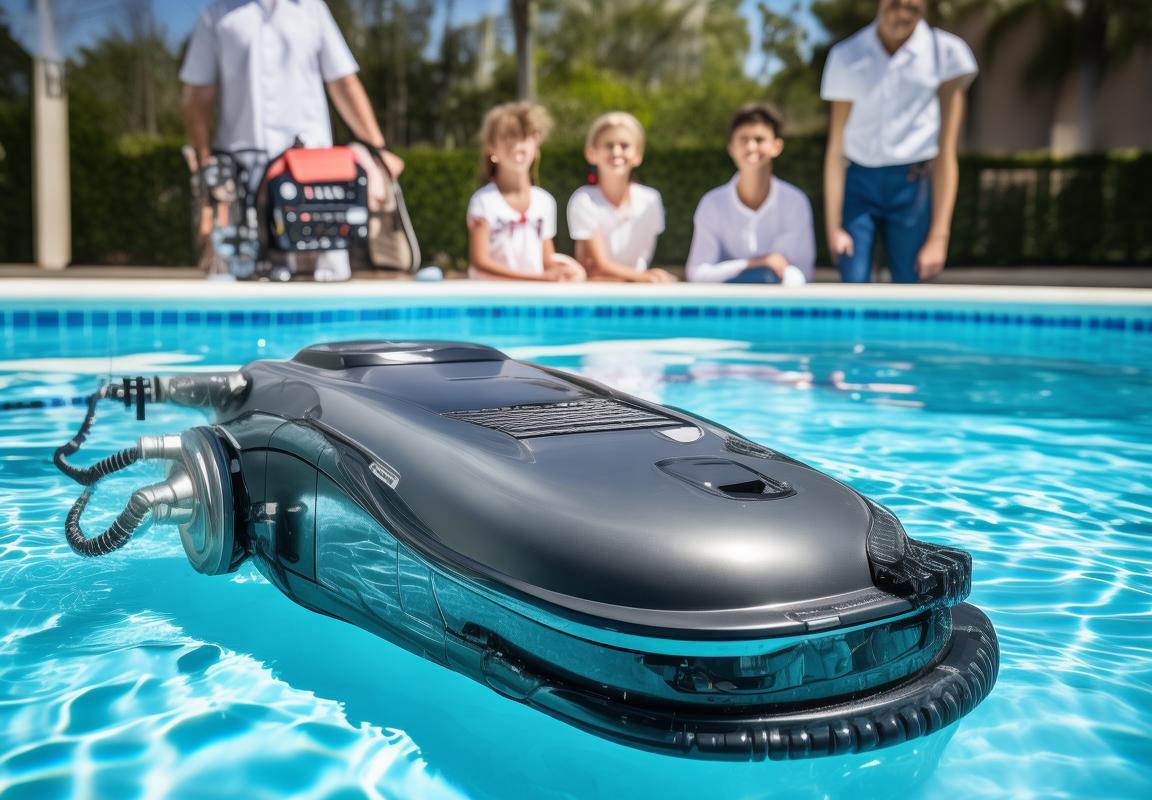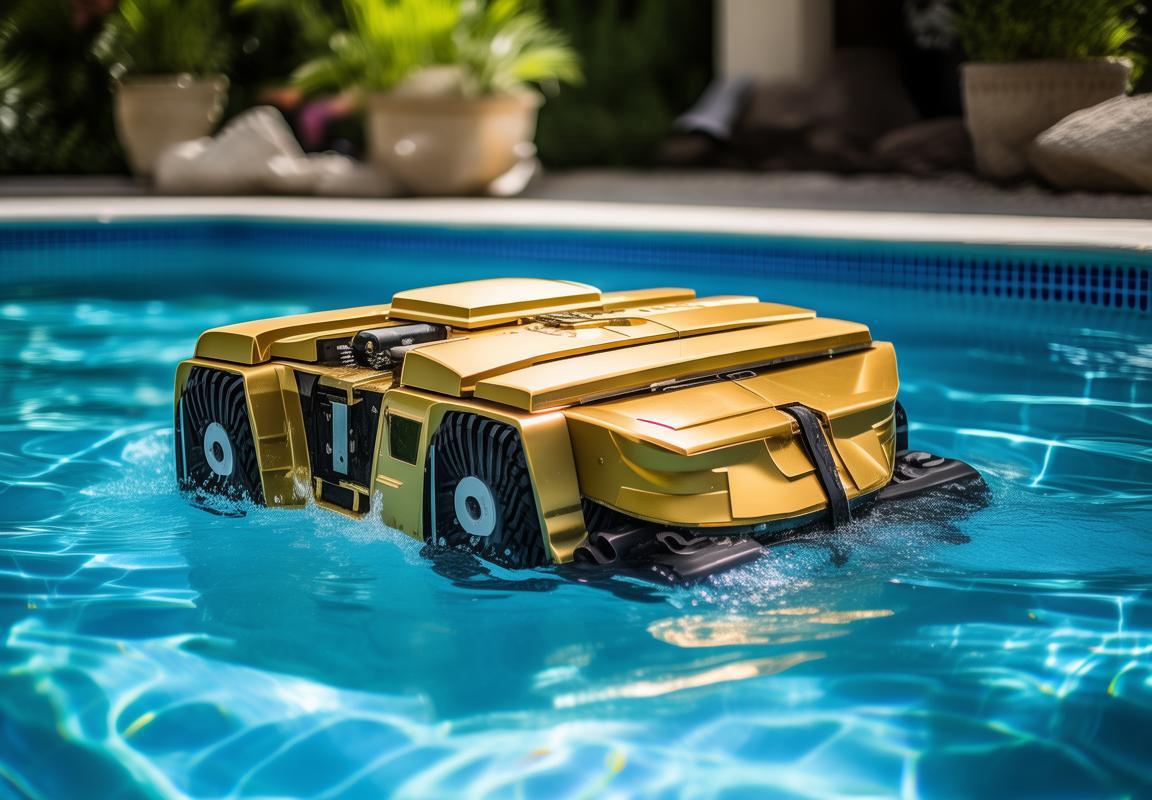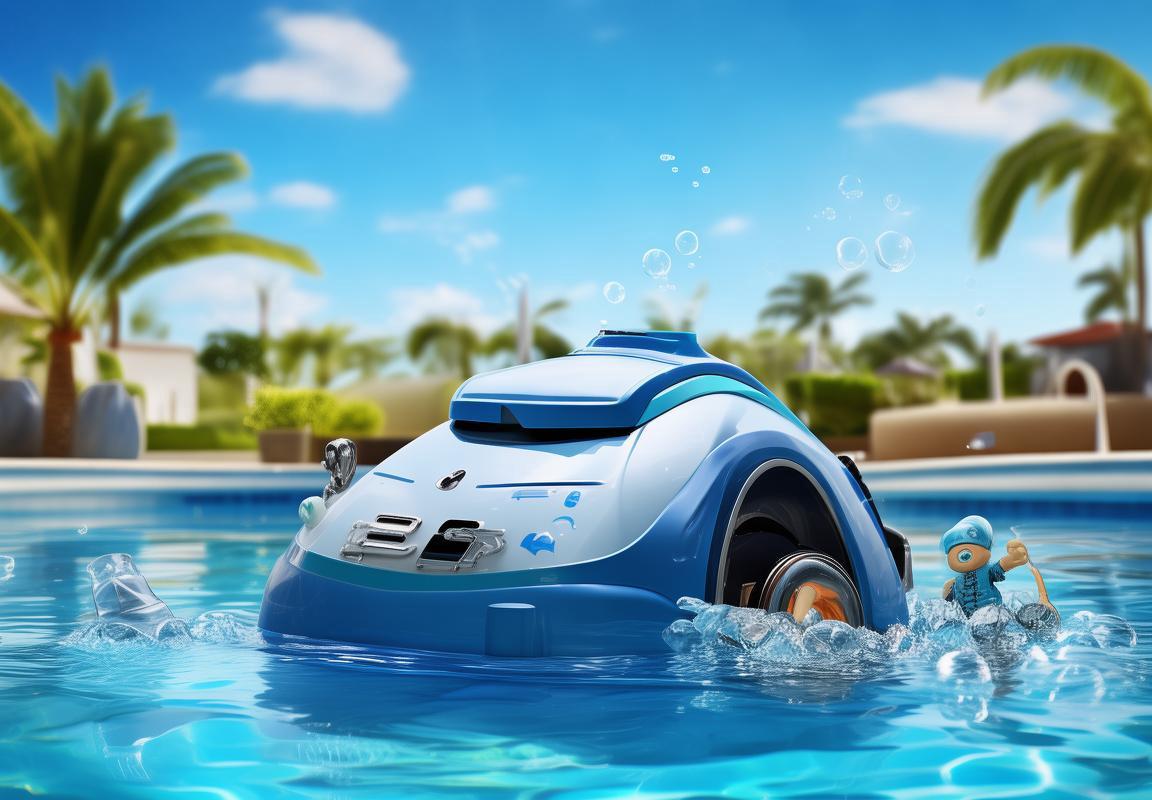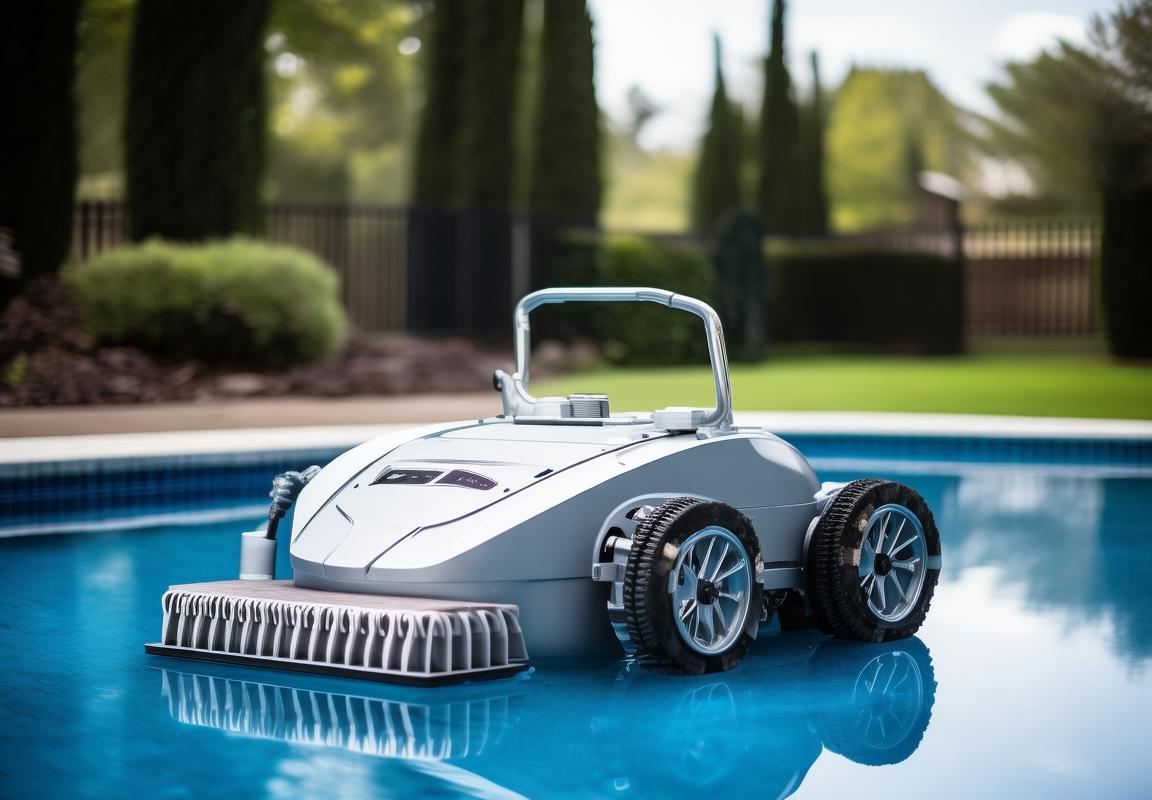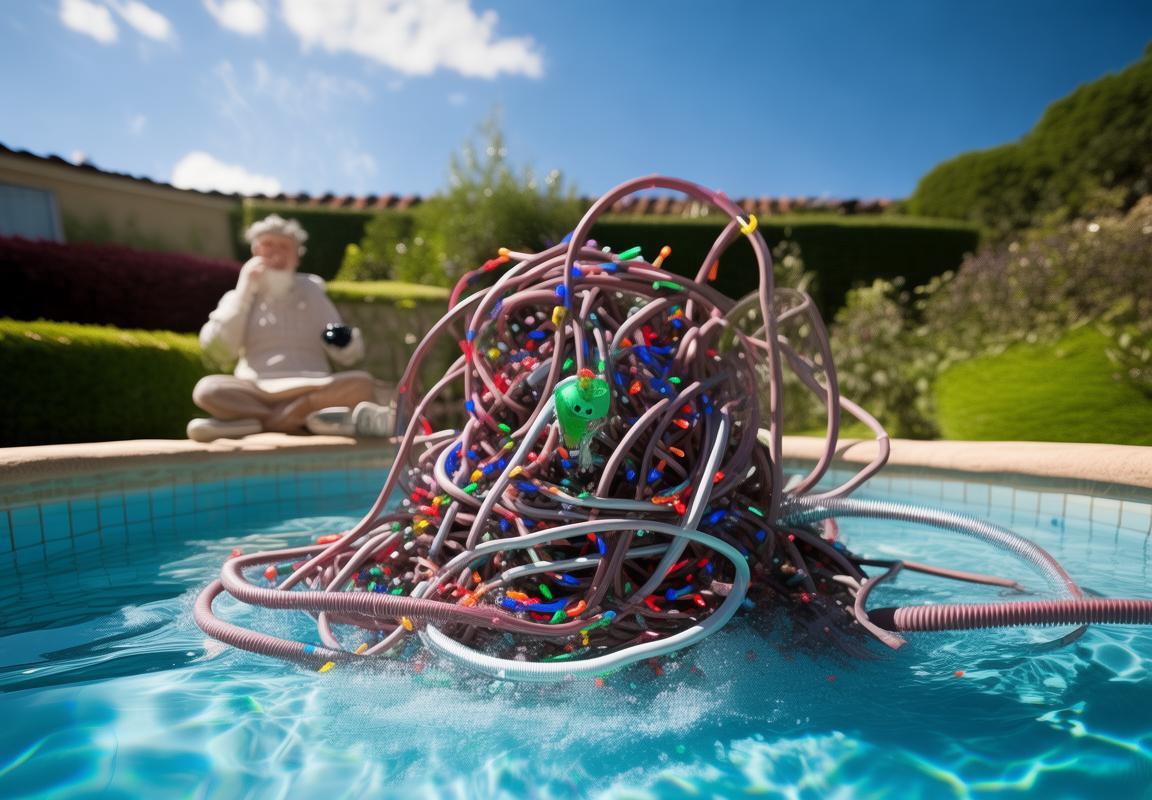Best Pool Tile Cleaner: The Ultimate Guide to Effective Pool Tile Cleaning and Stain Removal
Pool tile cleaning doesn’t have to be a nightmare if you target stains correctly. The best pool tile cleaner depends on the gunk: for calcium scale, use diluted muriatic acid or a pumice stone (unglazed tiles only); for algae, chlorine-based cleaners and stiff brushes work best; for metal stains, try ascorbic acid; and for sunscreen gunk, degreasers or baking soda paste. Avoid common mistakes like using household cleaners (they damage grout), over-scrubbing (scratches tiles), or ignoring root causes (like unbalanced chlorine). For lazy maintenance, automatic pool tile cleaners or weekly brushing prevent buildup. Skip DIY hacks like vinegar or pressure washers—they often backfire. Whether you’re cleaning pool tile manually or opting for low-effort tools, matching the right pool tile cleaner to the stain is key. Stop wasting time on guesswork, and your tiles will finally look resort-ready.
